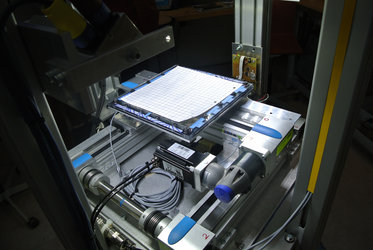Microgravity and drop towers
Everything on Earth’s surface is subject to an average gravitational acceleration of 9.81 m/s2 (1 g). Gravity determines nearly all physical, chemical and biological phenomena occurring on our planet. It is fundamental to all natural processes around and within us, from the distribution of water and vegetation on our planet to the way that living organisms look and function. Furthermore, gravity is also a primary influence on all human technological developments.
Zero gravity (0 g) is a theoretical concept that cannot exist. This is because gravity is a fundamental force with infinite reach between bodies. As a consequence, gravitational accelerations, however small, always exist. Objects in free fall (only exposed to gravitational forces) experience weightlessness. However, in practice it is not easy to completely remove other non-gravitational forces such as air drag or solar pressure. Therefore, the term “microgravity” is used. Microgravity is expressed as a fraction of g (from 10-2 to 10-6 g).
Scientific research in microgravity allows us to ask some important questions. What happens to basic physical, chemical and biological processes in the absence of this directional force? What does this teach us about the processes in the universe, on our Earth and even inside bodies? Can these insights lead to greater awareness and technological improvements?
There are many different platforms for performing scientific or technological experiments in microgravity. The most obvious examples are manned or unmanned platforms in orbit above the Earth. While this offers microgravity conditions of extended duration, cost and time associated with developing and sending payloads into space make this option challenging.
Terrestrial-based options include sounding rockets, parabolic flights and drop towers. The first two of these offer microgravity of several seconds to minutes, but preparation times and costs are still relatively high.
Drop towers offer the best microgravity levels - as low as 10-6 g - and are the most flexible and adaptable platforms for many scientific experiments. Not only are they available for 300 working days every year but they allow the experiment hardware to be changed at short notice and the experiment set-up to be adjusted or improved between drops. Drop towers also offer reliable and accurate monitoring of experiments allowing both data upload and download during the experiment.







